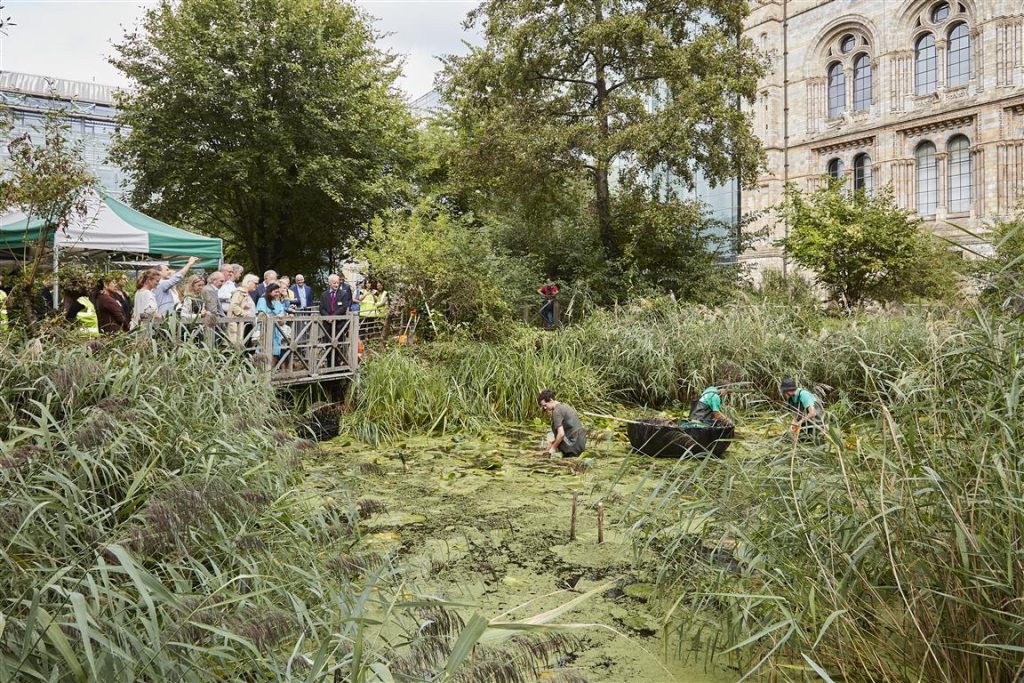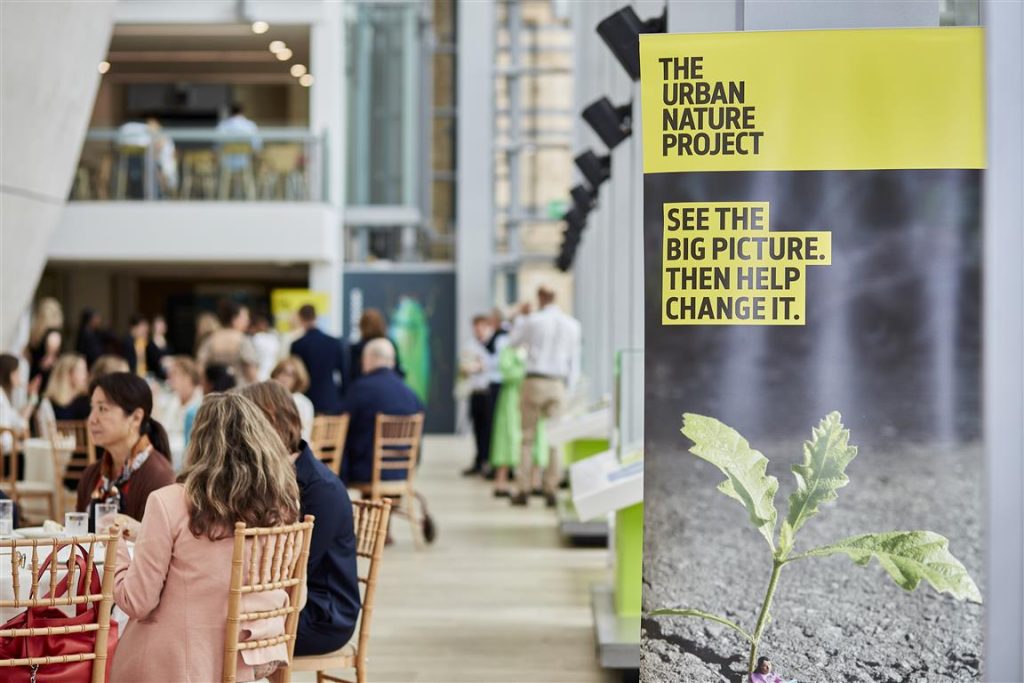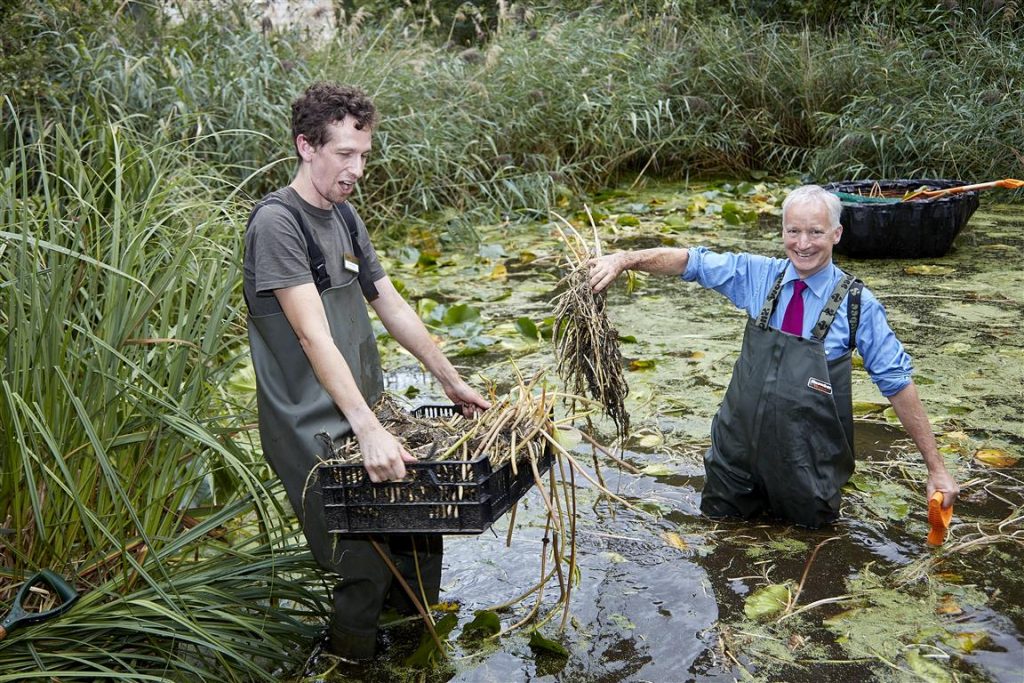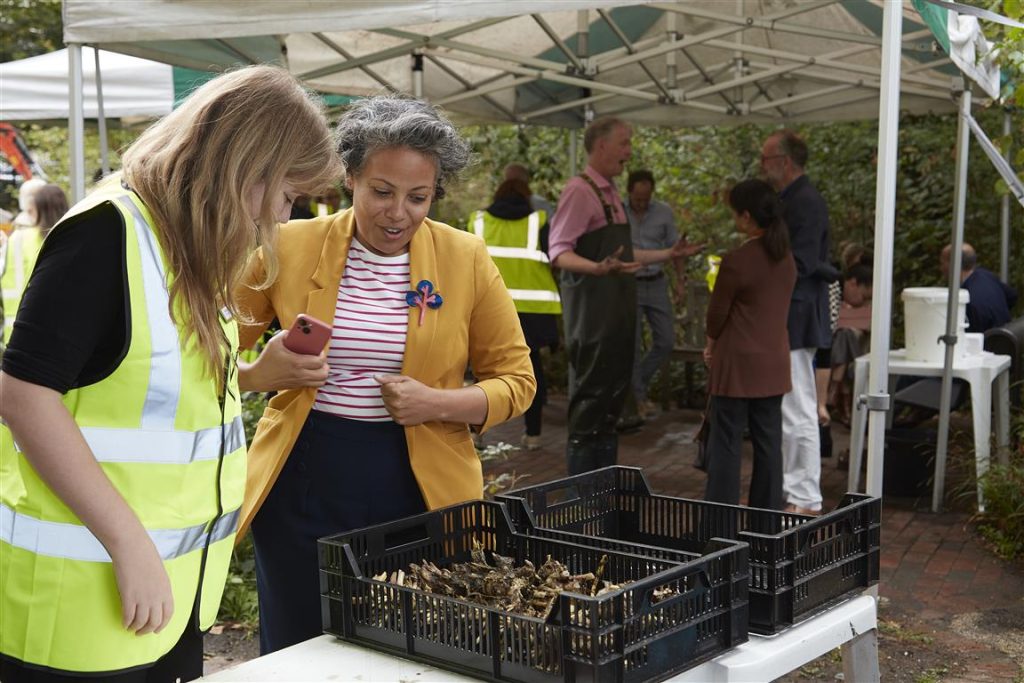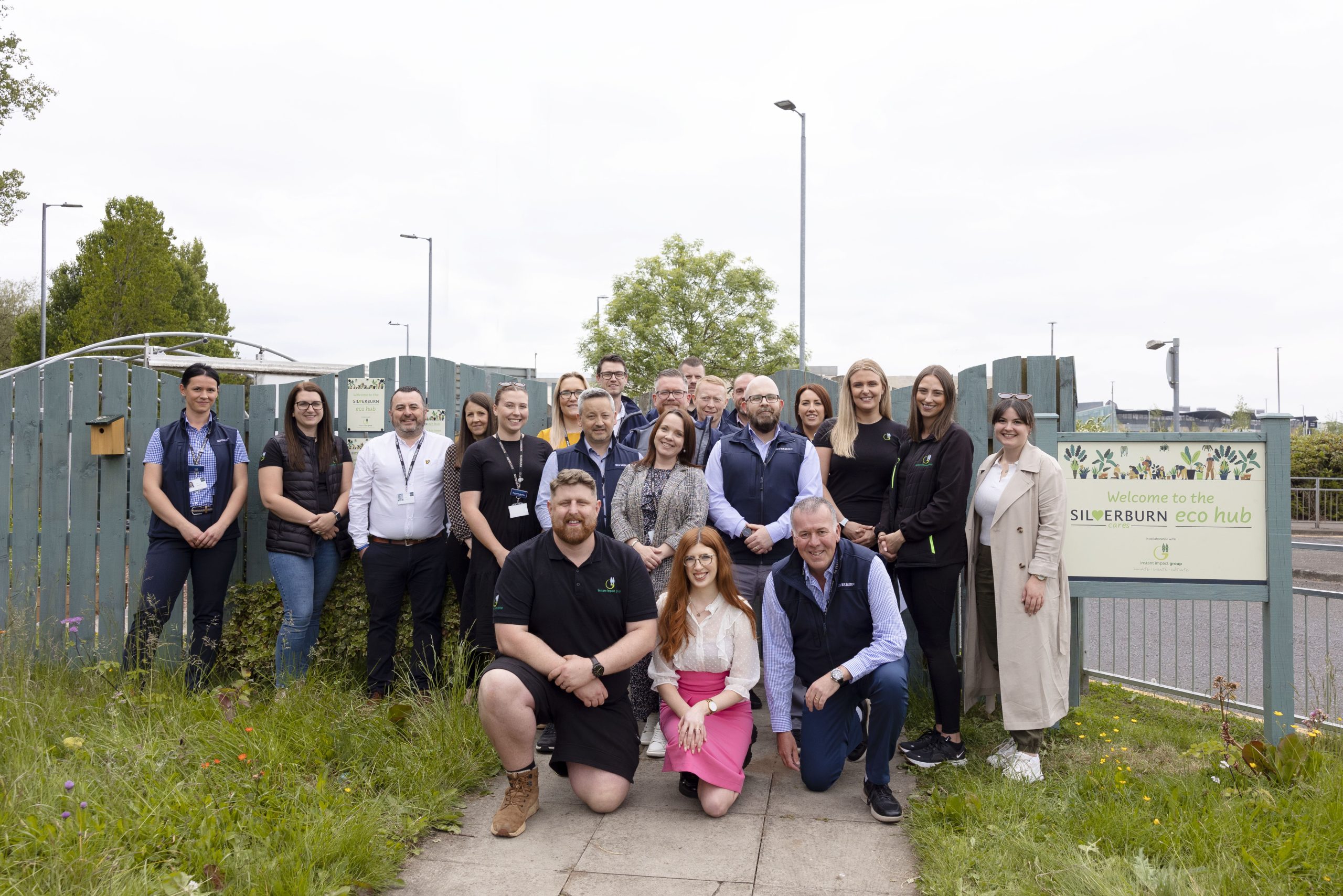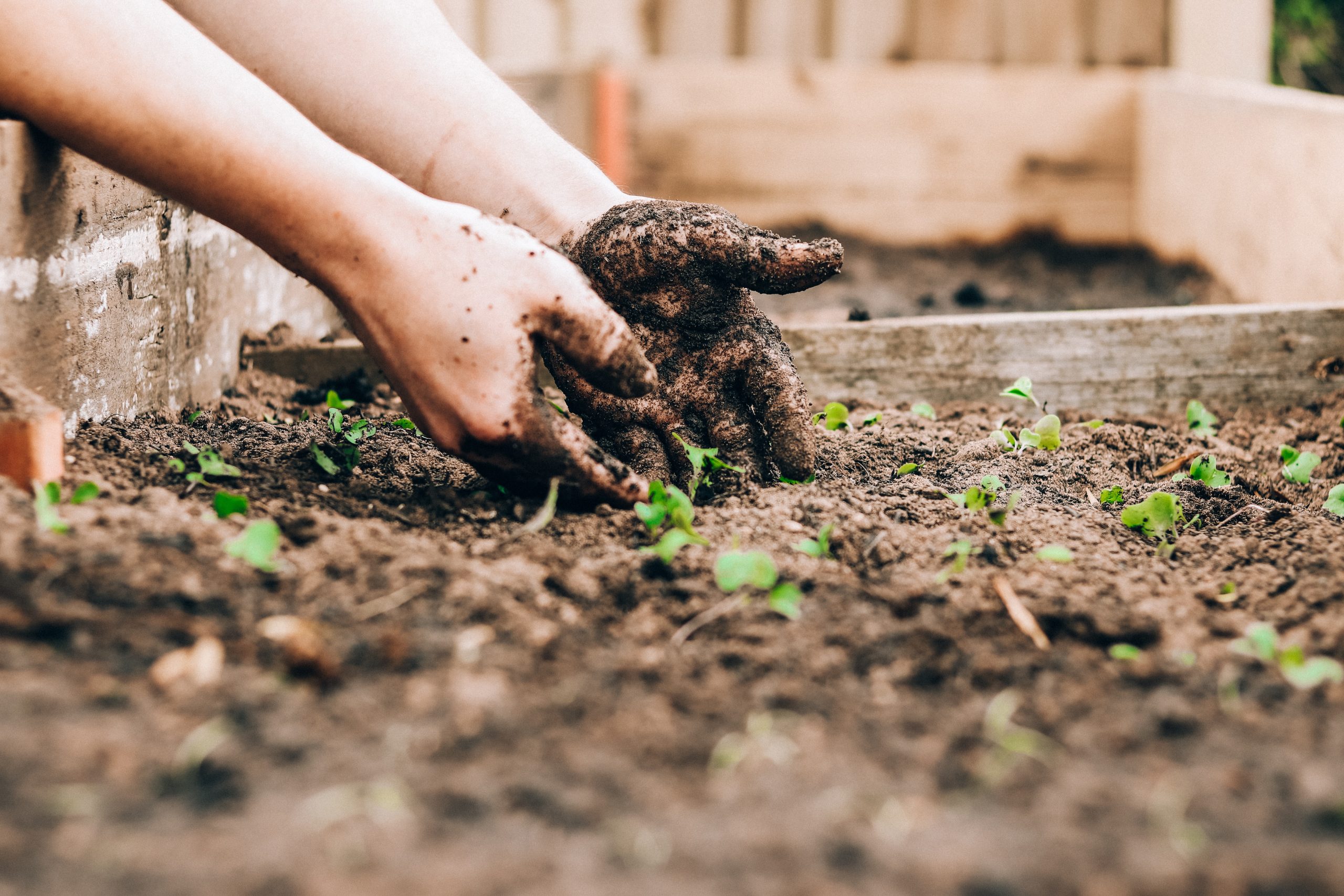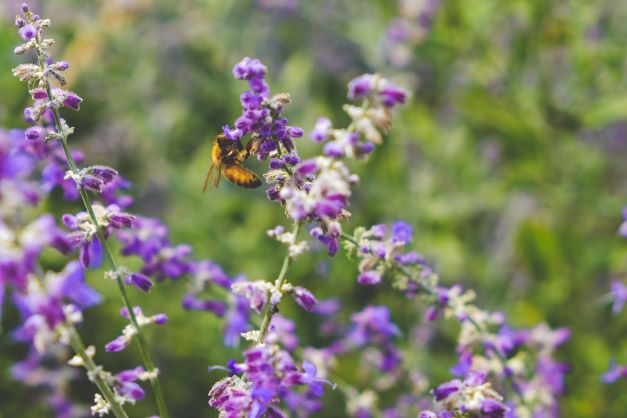The hard work has begun at the Natural History Museum as its team broke ground on the Museum’s gardens as part of its Urban Nature Project. This is the first step in the redevelopment project to transform the site’s five-acre gardens into a welcoming, accessible and biologically diverse free-to-visit green space in the heart of London.
The initial stage of construction on this ambitious renovation project in the gardens is a moment for celebration, heralding the realisation of a sustainable design that works with the landscape, which is at the heart of the redevelopment.
Attending the ground-breaking ceremony, Vicky Cotton, ESG Director at Workman, said: “It’s amazing to witness the first step in the major renovation of the Museum gardens, which is the springboard for a UK-wide movement of museums and wildlife organisations, all on a mission to save urban nature. Through this redevelopment and national education programme, Workman and the Natural History Museum are striving to protect urban nature and encourage an appreciation of sustainability and biodiversity across the UK.”
At the ceremony, Tom McCarter, Head of NHM Gardens, safely removed aquatic plants from the wildlife pond to a new temporary home where they’ll be protected during construction. To protect aquatic biodiversity, water, plants, invertebrates, and sediment will be stored in temporary homes over the winter, allowing them to thrive when moved back to new ponds in spring.
With an ambitious approach to sustainable construction, the Museum’s Garden project aims to have a positive impact on the environment. The existing pond will be increased in size by 20%, completely reinvigorating the wetland system to provide even more space for wildlife to thrive. Work has been timed for autumn and winter to reduce impact on wildlife. To protect aquatic biodiversity, water, plants, invertebrates, and sediment will be stored in temporary homes over the winter, allowing them to thrive when moved back to new ponds in spring. Utilising the winter period means most amphibians including frogs, toads and newts will be hibernating out of the way of any disturbance and will be provided with safe spaces to hibernate over winter. The ponds will be drained down slowly in autumn to encourage remaining animals to go into safe terrestrial habitats for the winter.
The new pond design will greatly improve access for learning and education, with a sunken pathway better facilitating pond-dipping activities for school groups, and simplifying access to the ponds from the new Learning Activity Centre
The transformation of the Museum gardens is the springboard for a UK-wide movement of museums and wildlife organisations setting out to save urban nature. Through this innovative capital redevelopment and national programme, Workman and the Natural History Museum will protect urban nature and encourage an appreciation of sustainability and biodiversity.
The wildlife garden will now be closed until autumn 2023, and the rest of the Museum’s gardens will close later this month.
Image credit: The Trustees of the Natural History Museum, London
